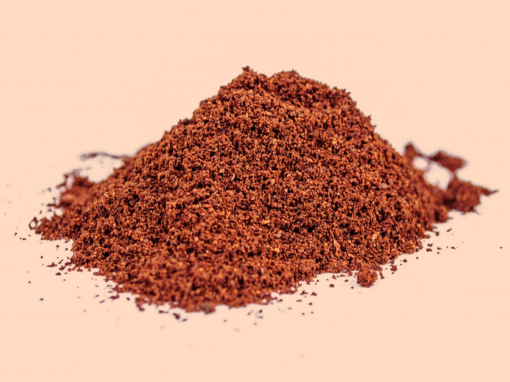From genetics to health conditions, a variety of causes can lead to balding in men, and numerous treatments are available that may help. In this blog post, we’ll dive deeper into the topic of male pattern baldness and discuss the possible causes and potential treatments for hair loss.
If you are looking for answers about why your hair is thinning or receding, this post is for you. Let’s start exploring the causes and treatments of balding in men.
An overview of balding in men
Male pattern baldness caused by a mix of genetics and hormones, is the most prevalent form of hair loss in men, impacting over 50% of men by the age of 50. While there is no single cause for this type of hair loss, several factors can contribute to it, including an increase in dihydrotestosterone (DHT), an enzyme that reduces levels of essential nutrients needed for healthy hair growth, heredity, oil production on the scalp, stress and hormonal imbalances.
The most obvious symptom of male pattern baldness is a receding hairline or thinning crown area.
What causes bald spots?
Alopecia areata: Alopecia areata is a condition where the immune system attacks the hair follicles, leading to hair loss in specific areas of the scalp or body. Hair follicles become smaller and eventually stop producing hair.
1. Tinea capitis:
Scalp ringworm, or tinea capitis, is a type of fungal infection that can lead to hair loss on the scalp. children are more susceptible to it, and it can spread when an infected person’s skin or hair comes into contact with another person. Antifungal medication is usually necessary for treatment.
2. Trichotillomania:
Trichotillomania is a psychological disorder characterized by the compulsive urge to pull out one’s hair, including hair on the scalp. Treatment usually involves therapy and behavioral interventions to help manage the urge to pull out hair.
3. Nutritional deficiencies:
Nutritional deficiencies, particularly of vitamins and minerals like iron and biotin, can lead to hair loss and bald spots on the scalp. Eating a healthy, balanced diet can help prevent nutrient deficiencies.
4. Physical trauma:
Physical trauma to the scalp, such as from burns, injuries, or surgery, can damage hair follicles and cause bald spots. In some cases, the hair might regrow on its own over time, while medical intervention may be necessary to promote hair growth in other cases.
Treating bald spots
Topical medications:
In individuals with bald spots, topical treatments like minoxidil have been known to promote hair growth and prevent additional hair loss. Minoxidil is available over the counter and is applied directly to the scalp.
Oral medications:
Finasteride is an oral medication that is only available with a prescription. Its function is to prevent the transformation of testosterone into DHT, which is the hormone responsible for causing hair loss in certain individuals. Finasteride is more effective in men than women, and it can take several months to see results.
Hair transplant surgery:
The surgery involves transplanting healthy hair follicles to balding areas. This can be an effective option for individuals with bald spots who have tried other treatments without success. It is a surgical procedure and requires a skilled surgeon.
Scalp micropigmentation (SMP):
SMP involves tattooing tiny dots on the scalp to mimic hair follicles. This can be a good option for individuals not candidates for hair transplant surgery or who want a non-surgical solution. A skilled technician can do SMP and requires periodic touch-ups to maintain the appearance.
Wigs or hairpieces:
Wearing a wig or hairpiece can be a good option for individuals who do not want to undergo surgery or use medications. Wigs and hairpieces come in various styles and can be custom-fitted to match the individual’s natural hair color and texture.
Conclusion
The causes and treatments of balding in men are complex, but understanding the underlying biological processes can help scientists and physicians develop more effective solutions. While there is no single cure for male pattern baldness, various medications, and procedures have been developed to alleviate symptoms or slow the progress of hair loss.
FAQs
Is it normal to get a random bald spot?
Yes, it is normal for some men to experience random bald spots on their heads.
Can hair regrow on a bald spot?
Yes, depending on the cause of the bald spot and its severity, hair may regrow. However, in the case of male pattern baldness, hair loss is permanent if it has progressed beyond a certain point.
What is the first stage of a bald spot?
The first stage of a bald spot is the thinning of hair. Over time, the area may become completely bald if no treatment is provided.
This article is for informational purposes only and does not constitute medical advice. The information contained herein is not a substitute for and should never be relied upon for professional medical advice. Book a consultation with andSons medical team to learn more about healthcare treatments here.


